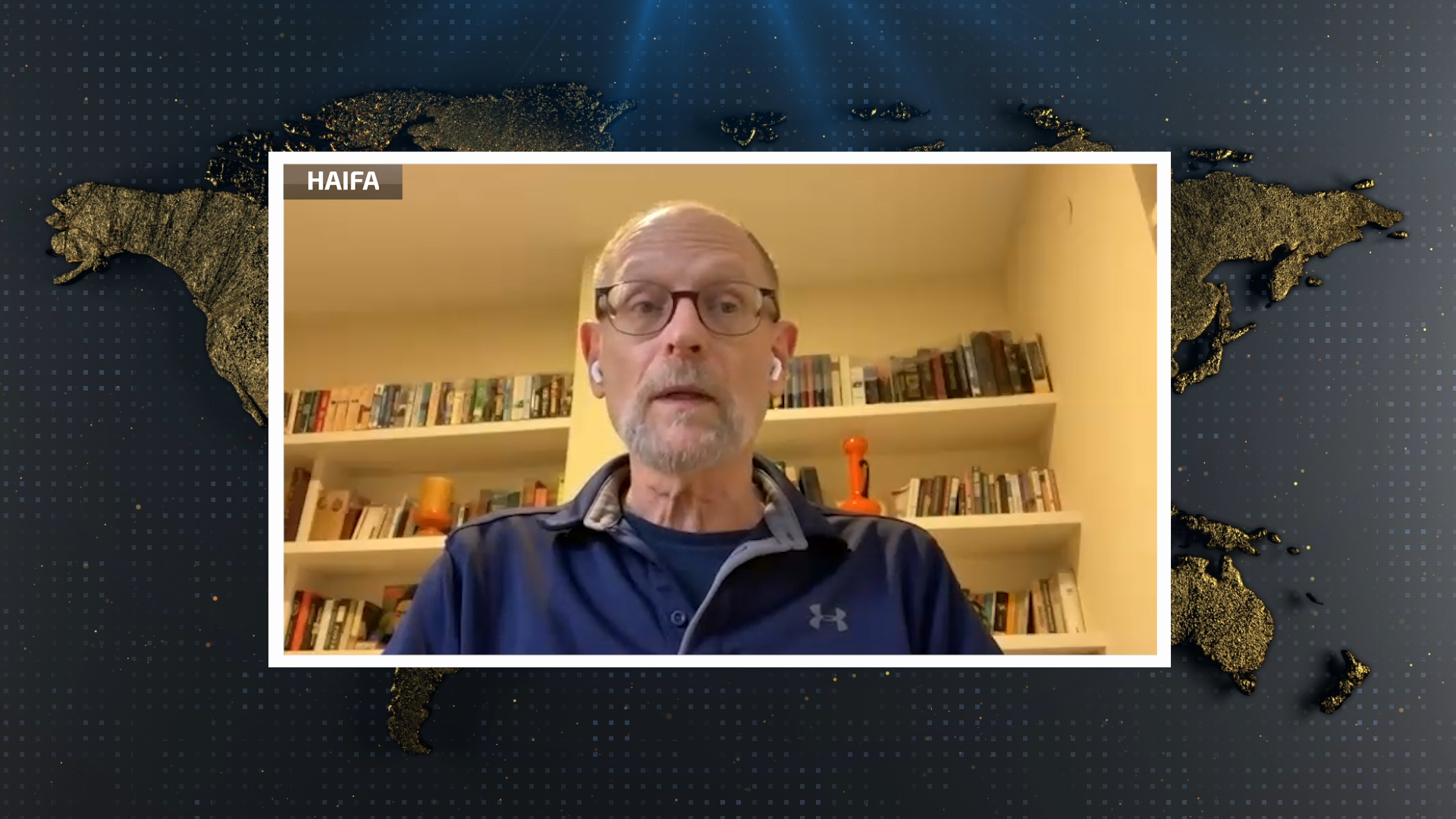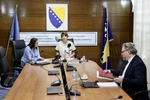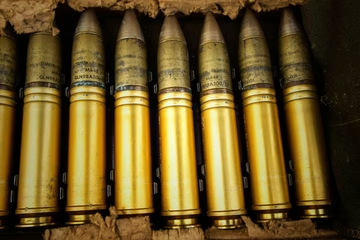Professor Michael Gross on Israel-Gaza conflict: Many things will only be answered once the war is over

In an interview for N1, professor of political science from the University of Haifa, Michael Gross, answers several questions related to current events in Gaza, but also about whether Israel could reduce the number of civilians killed in Gaza from October 7 to today. Gross points out that many things will only be answered once the war is over, but there are clues that can be interpreted based on previous conflicts.
N1: Professor, you also gave an analysis in 2009 about an operation called Cast Lead. There, you elaborated on the different relationships people in Gaza have with Hamas. Civilians who support them, civilians who don't support them, and people who are politically connected to them. Can that analysis be applied to the situation in Gaza today? Because then you were talking about approximately 1200 people. But today, according to the latest figures, we have about 16,428 people who have been killed in Gaza in this past month.
GROSS: Well, I would say two things about that. The answer is yes, you can ask the same questions. Back in 2008, Hamas had only been in power for two years. Thus, the agency in the Palestinian Ministry of Health that collected the statistics was not yet affiliated with Hamas. They were professionals who had been in the government years before. And we found in 2008 that the numbers are reliable. They have been confirmed by both the IDF and Israel and several human rights organizations. So at that time, there was no controversy about the number of people killed. This time, we don't know. You have the same source as me. The only source that talks about the number of killed, not the number of wounded, as far as I know, but the number of killed is the Palestinian Ministry of Health. We really don't know too much about their data collection methods or their reporting methods. Let's assume for a moment that we are dealing with approximately 15,000 killed. Those numbers do not distinguish between those who may have been killed by Hamas rockets inside Gaza, and they do not distinguish between combatants and non-combatants. Thus, Israel estimates approximately 6,000 fighters were killed. Now, of all the others, again leaving the number hanging in the air a bit. The question I asked in 2008 is the same question we could ask today. How many of those remaining people, let's say for the sake of argument, approximately 10,000 people are connected to Hamas in some way. Here comes the question of what we call civilians or non-combatants participating in hostilities. So one example that we knew about in 2008 that could be a problem today, for example, is the police. Of the 1,200 people who died in 2008, about 250 or roughly 300 were police officers. Usually, police officers are civilians. Except in Gaza, under the Hamas government, many of these police were paramilitary. So, there was a question that was not really resolved, whether they should be counted as combatants or non-combatants, as civilians. So we'll have to ask the same question today, when we get better numbers and when we get more information? Unfortunately, it is not yet available. But it is important to understand, at least one point, that there is a wide range of actors in that figure of 16,000 killed, some are combatants, some are non-combatants, some are civilians participating in the war, and some are civilians not participating in the war. Women and children, especially children, for example, children under a certain age say, I don't know, 14, 15, 16. So there are all kinds of questions here about what is and who is a fighter.
Kakvo je tvoje mišljenje o ovome?
Učestvuj u diskusiji ili pročitaj komentare





 Srbija
Srbija
 Hrvatska
Hrvatska
 Slovenija
Slovenija



























































